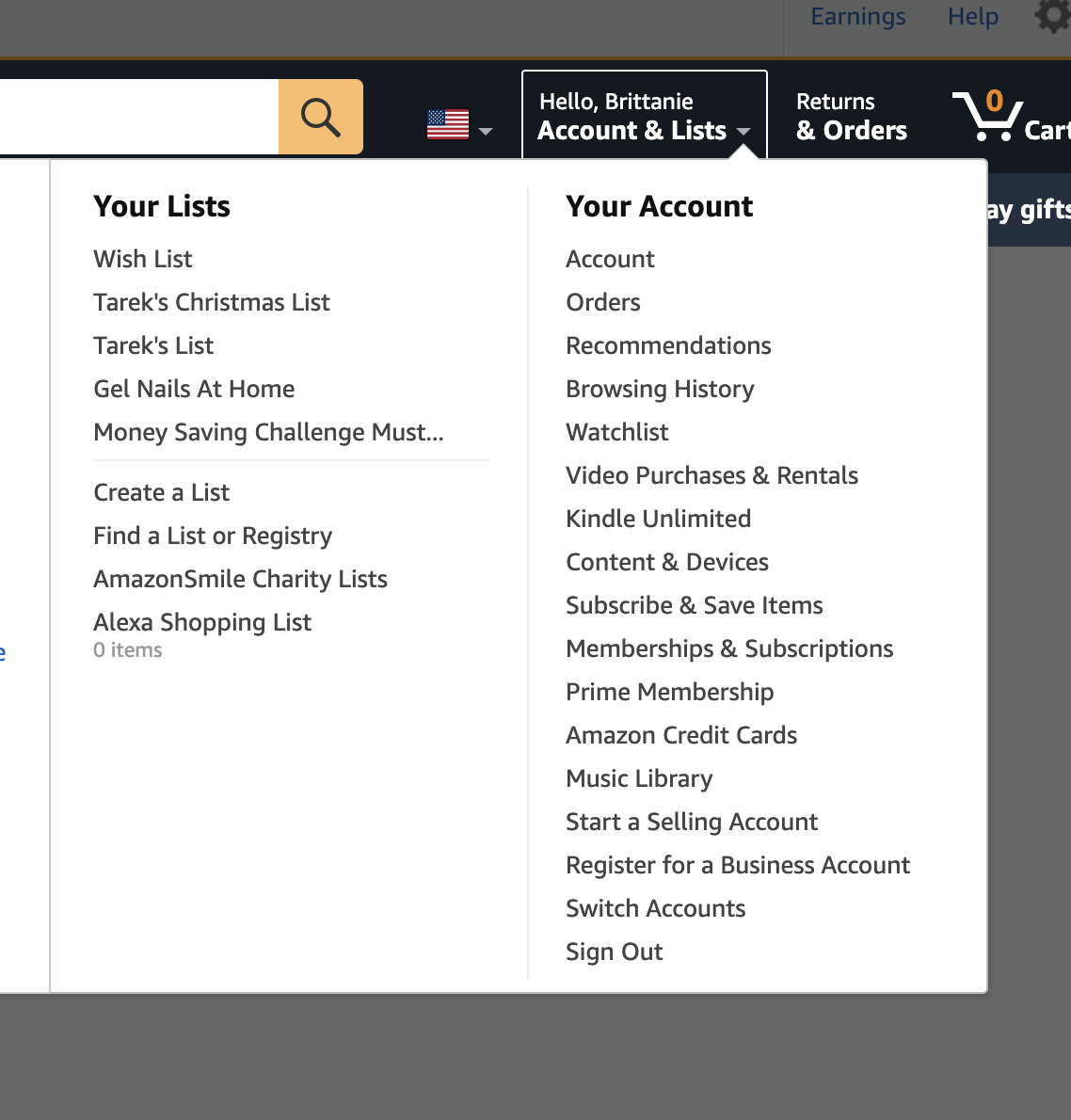
I also used Illustrator to design some more visualizations to unlock some other insights from my Amazon history. If you discover something like this in your data, share in a comment! I’d like to return to this data and see how my item categories evolved over time I’ve a suspicion my physical book purchases were heavier in my college days, while e-book purchases increased once I finally downloaded a Kindle app a few years ago. Go show off your data! Next stepsĪ data addict’s search for (mostly useless) insights is never over. Here’s a good overview of the sharing options. You can also embed the presentation into your website, although this takes a bit of basic familiarity with HTML language. You can share a link directly to the presentation, or export the file to tools like Slideshare. There are several easy ways to do that, and they all sit in the “Share” menu option at the top-right of the Piktochart screen. After taking a minute to bask in your glory, start poking around to see how you can add slides, edit some of the existing content, and change styles like backgrounds.įinally, like any good interactive chart, you want to be able to share it. Start by pasting your data from your CSV file into the data editor in Piktochart.īoom! You just made your first online, interactive chart with your own Amazon order history. Take a minute to acquaint yourself with the layout this article and image will help. This will open a new chart editor window. To make a chart, click on a slide within the presentation where you want the chart, then click on the “Tools” menu option on the left, then “Chart”.

#How to see how many items on amazon list free#
You can also use the menu options on right to add or change graphics images, including pulling from many free icon and photo libraries. You can dive right in to edit things like text areas, just as you would in Powerpoint.

Once you open the presentation, you’ll see it’s filled with dummy content. You can choose from one of many free templates (many more are available with a paid plan) don’t worry about things like fonts and colors since you can customize them later. Next, start out by creating a presentation (you could also create an infographic, or even a printed product ). To get here, jump over to Piktochart to make an account - it’s free, and you can log in from Google or Facebook (they won’t post anything without your permission).
#How to see how many items on amazon list full#
The full presentation has some other nifty charts as well. Let’s use Piktochart to make an interactive presentation that shows the change in my annual spend over time - something like this: For example, my spend plummeted while I was living abroad in 2009, and it spiked in 20, when I moved and renovated my apartment. (By the way, this TEXT function is pretty flexible about what you put within the quotes.) For instance, writing:Īnyways, now we have a column that shows the year that every order was placed in, and we can surface some insights that reveal milestones and patterns in my own life.

Now, just double-click the bottom-right corner of the cell B2 (or whatever cell you just ran the formula in) to apply the formula to all cells beneath it. For example, if the order date in cell A2 was “” and I’d like to put the first three characters of the year into cell B2, I’d put this into B2: Use the TEXT formula in a new “year” column. Clean the data.Įxtracting the year of each item can be done with a formula ( School of Datahas a great primer on formulas). But the raw data doesn’t have a column for “year”, so I needed to extract that information from the “order date” column. The diversity and clarity of the dataset is remarkable.Īlso, a quick skim in Excel shows that most cells have content - there aren’t any gaps - and the column titles do a good job of explaining what they represent (this isn’t always the case, and that’s when good metadata comes in handy).īased on what I saw, I figured it would be useful to learn how my purchase patterns evolve from year to year. Next, inspect the data.Įach of the 300+ rows corresponds to a different item that I ordered, and there are 40 columns with fields describing everything from the order date and payment method to shipping address and item category (such as “paperback” and “sports”). The data downloads as a single CSV file, which is a common format to store simple information in a table ( here’s a good explanation of the difference between CSV and Excel files).

It’s easy to access previous data requests through


 0 kommentar(er)
0 kommentar(er)
